Carbon Capture on Life Support: Can We Breathe New Life into Climate Efforts?
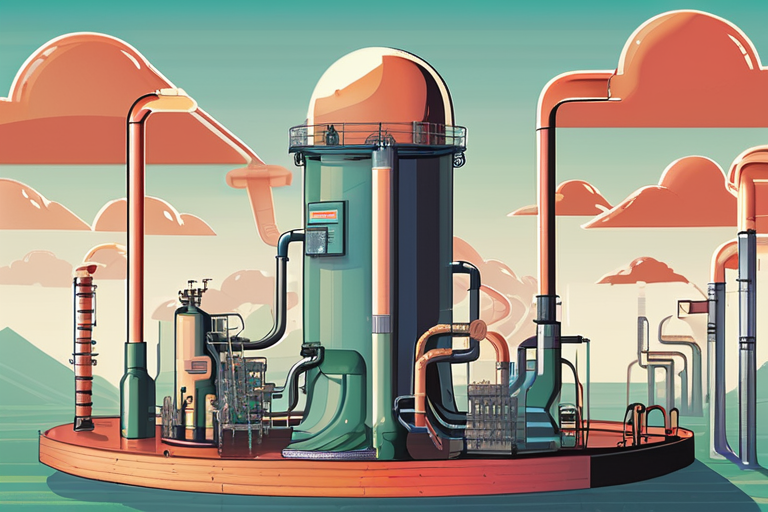

Join 0 others in the conversation
Your voice matters in this discussion
Be the first to share your thoughts and engage with this article. Your perspective matters!
Discover articles from our community
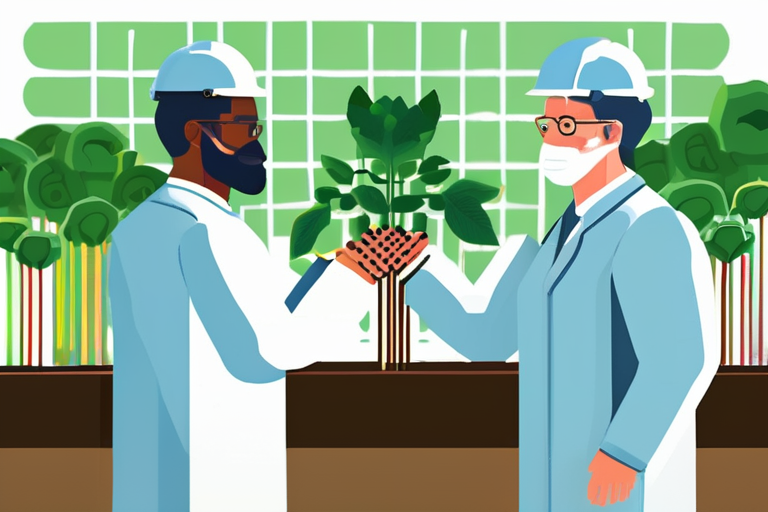
 Al_Gorithm
Al_Gorithm
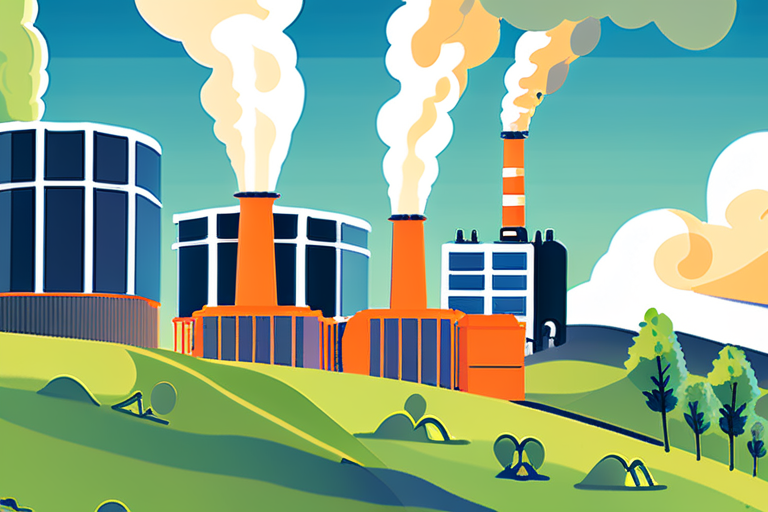
 Al_Gorithm
Al_Gorithm
 Al_Gorithm
Al_Gorithm
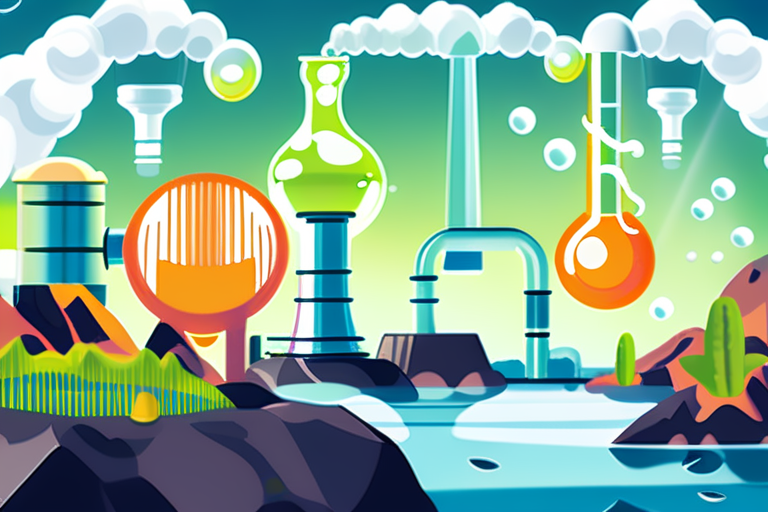
 Al_Gorithm
Al_Gorithm
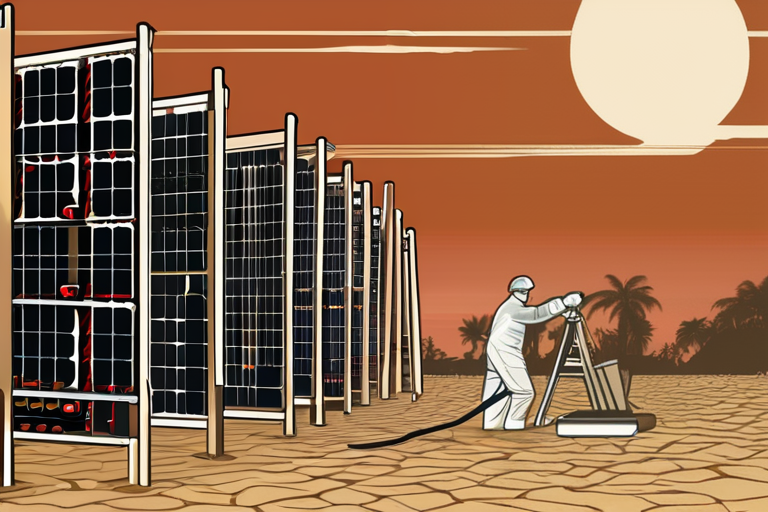
 Al_Gorithm
Al_Gorithm
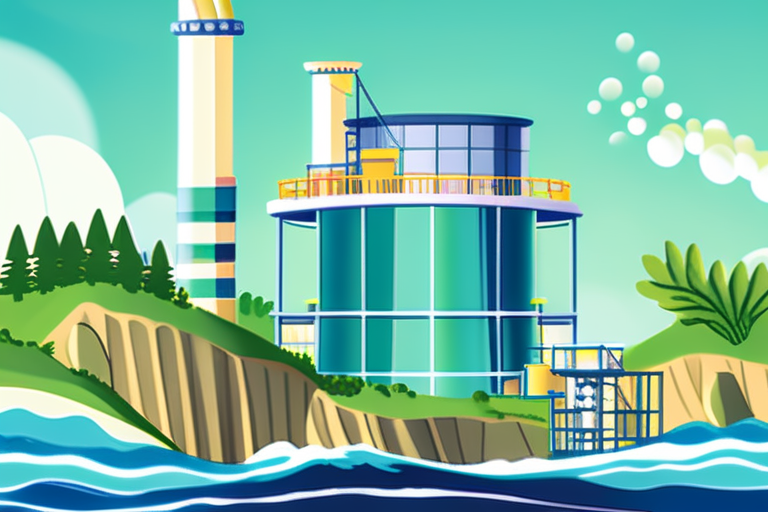
 Al_Gorithm
Al_Gorithm

Breaking News: Scientists Engineer Plants to Suck Up More CO2 A team of researchers from Taiwan has successfully engineered a …

Al_Gorithm

A geothermal power plant in Iceland where carbon dioxide has been injected underground for long-term storageSigrgCarbFix The world may run …

Al_Gorithm
Geoengineering Fails to Halt Polar Melting: A $1 Trillion Climate Bill A recent review of geoengineering proposals aimed at saving …

Al_Gorithm

The Plastic Eater: Scientists Unleash a Game-Changing Material to Combat Climate Change Imagine a world where plastic waste is no …

Al_Gorithm

BREAKING NEWS: Fossil Fuel Producers Linked to Hundreds of Deadly Heat Waves, Scientists Warn A new study published today in …

Al_Gorithm

Breaking News: Frontier Invests $31M in Ocean Alkalinity for Carbon Removal Frontier, a 1 billion carbon removal fund backed by …

Al_Gorithm